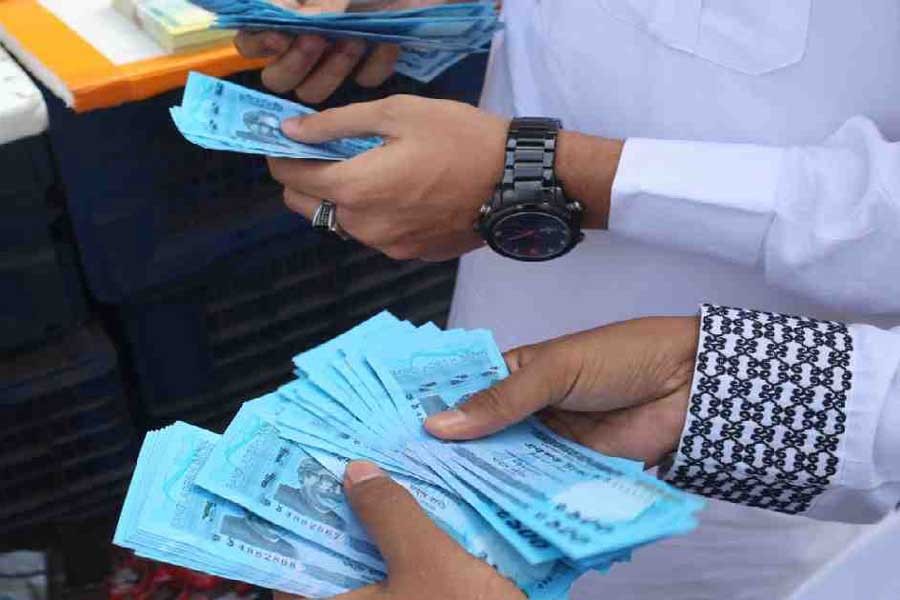Although Bangladesh remains in a suitable position on public debt, it may be pushed to yellow rate after FY 25 as spending of high-value foreign debt increases at the nonproductive sector, a CPD study says.
Both public and private sector debt from external sources have increased in recent past, which would create stress on foreign exchange reserves and widen the imbalance of trade, according to the study.
The Centre for Policy Dialogue (CPD), a think tank, presented the study in a programme titled ‘Deconstructing Public Debt of Bangladesh: Trends, Status and Outlook’ organised virtually on Monday, reports UNB.
Debapriya Bhattacharya, distinguished fellow of the CPD, presenting the overall scenario of Bangladesh’s debt said total national debt is increasing at a faster rate than Gross Domestic Product (GDP).
He said the macro economy of the country will face pressure if the government does not take cautionary measures from now to spend debt money in the nonproductive sector.
If the current tendency of national debt continues, the economy will witness weakening of external balance, deteriorating current account and balance of payment, fall in external financial flows including export revenue, remittance income, FDI, income on assets overseas, he said.
As a result, the situation may arise as debt default, fall in economic growth, high inflation, foreign exchange reserve depletion, exchange rate depreciation, loss of economic competitiveness and lowering of credit rating, Debapriya observed.
Replying to a query he said, if the GDP ratio of Bangladesh is not matching with other indicators of economy and different economic indicators are interrelated, while one of it is rising, the changes also affect others indicators.
He urged the government to continue the quarterly budget review and debt situation review so that parliamentary standing committee members can discuss the matter for national interest.
Debapriya also urged the government entities to be more friendly and transparent in releasing economic data and easy access to it for the researchers.
Bangladesh’s total public debt (as per cent of GDP), 34.7 per cent, was among the lowest in South Asia in FY20, with Sri Lanka (112.2 per cent) and Bhutan (120.7 per cent), being the highest, source: IMF.


